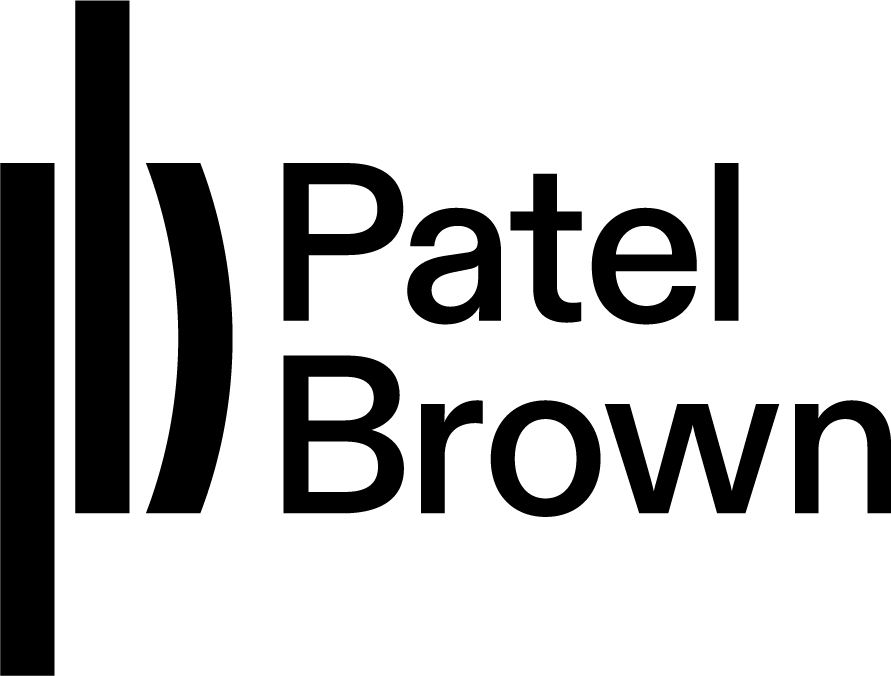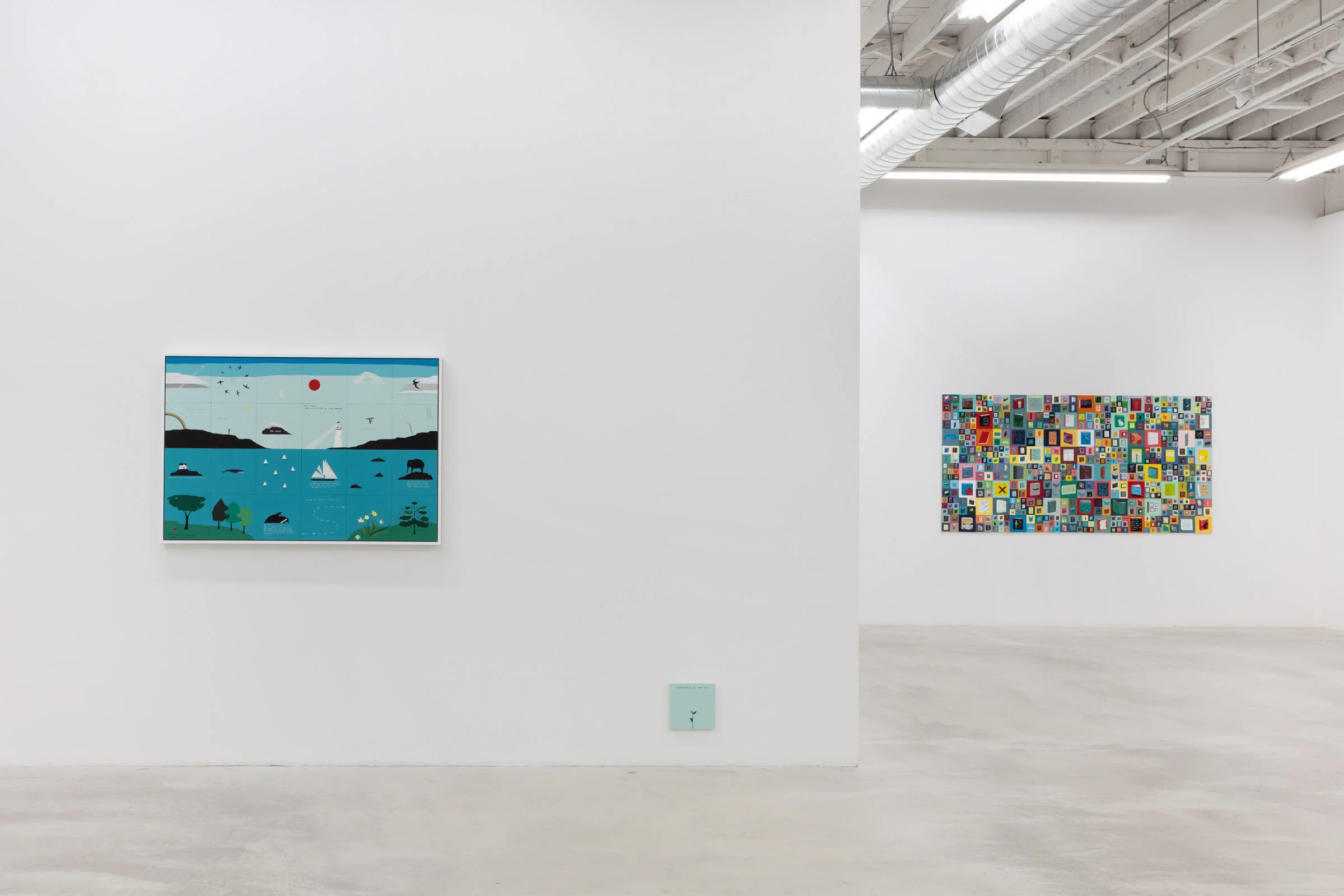Patel brown | 21 Wade ave
Precarity | Dumontier & Farber
April 03 - May 08 2021
Michael Dumontier and Neil Farber’s practice is a masterclass in distilling nuanced emotional moments, often to humorous effect. Their paintings—whether small one-offs or large compositions within a series—appear simple in concept and application, like the best art and design often does (precision, in fact, being one of the most difficult tricks in the book). Utilizing various juxtapositions of familiar objects (flowers, animals, houses, books), their works read as a categorical indexing of linguistic and painterly explorations under invisible headings: “feelings,” “thoughts,” “incongruities,” “punchlines.” In their reliance on wordplay and puns, combined with a technical approach to paint application, Dumontier and Farber are also indebted to the pioneering text-based work of LA artist Ed Ruscha: the humour is a beguiling gateway to a conceptual strategy and the pleasure of a purist’s handling of paint.
Their works democratically gratify both readers and viewers, in an ideal marriage of form and content. Executed in a graphic, illustrative style, the paintings reference an earlier, golden age of children’s book publishing and daily funnies. The meticulously rendered minimalism of the imagery functions as a conduit for an altogether messier and more complicated narrative voice that emerges in the text scrawled alongside. It is a now-familiar voice, alternately recording hope, despair, disillusionment, annoyance, joy, happiness, longing, acceptance, boredom, connection. Like the unending stream of “life in a nutshell” comic strips from the great illustrators (Schultz, Larson, Watterson), Dumontier and Farber’s work involves a calculated randomness: some days funny, some days a headscratcher, some days a tearjerker, some days a kick in the gut. It’s the range that astounds.
As an anthropological and economic term, “precarity” refers to an unsettled or perilous state of being in relation to labour and capitalism. In other words, both topical and no laughing matter. In the foreword to a collection of research on precarity in a cultural context, the Society for Cultural Anthropology observed that “precarity is an emerging abandonment that pushes us away from a livable life . . . understanding life as precarious suggests that social existence itself depends on interdependency through the care of others. (1)
Curiously, this is exactly what the creatures and souls who inhabit Dumontier/Farber’s paintings do: depend on each other. It is also what we have all been learning to do (or called to do) better in the last year, as we have realized the scale of our interdependency and its implications. Two flowers entwined resonate differently now, in our current moment; a house and the life it contains also speaks a new language. Perhaps astonishingly, a number of these works were completed before 2020; this is the language that Dumontier and Farber have been speaking all along. The insecurity, the longing, the isolation, and the gallows humour that have always been present in their work are just doing some heavier lifting.
— Christabel Wiebe
1) Society for Cultural Anthropology. “Precarity.” Cultural Anthropology, 2016, https://journal.culanth.org/index.php/ca/catalog/category/precarity. Accessed March 23, 2021.



















